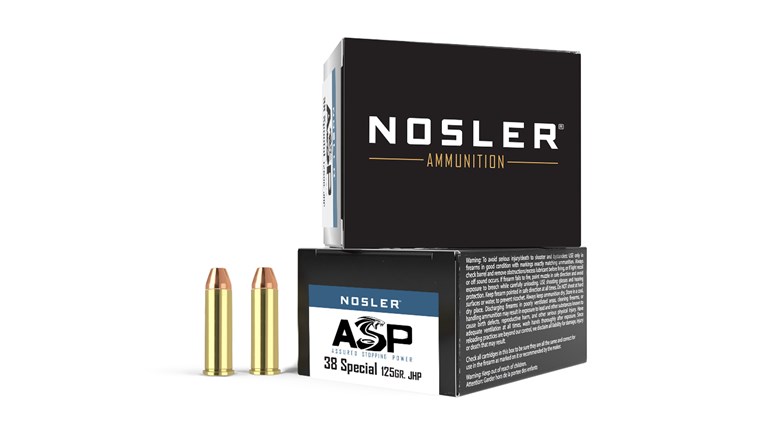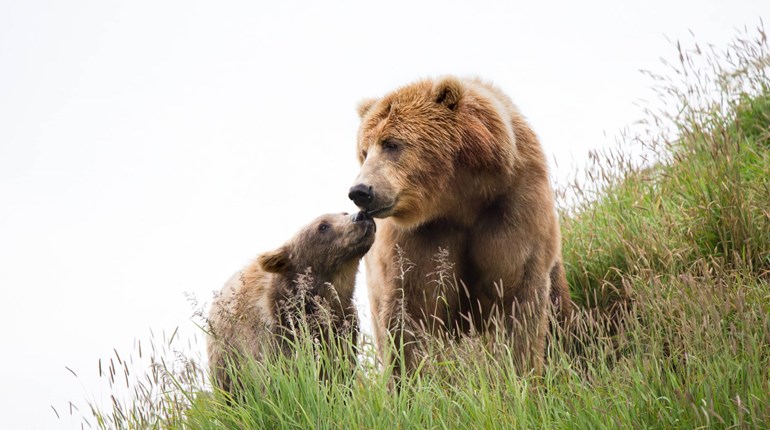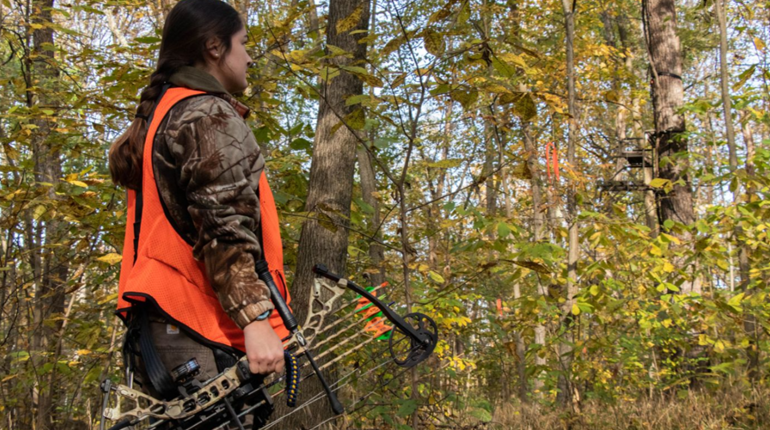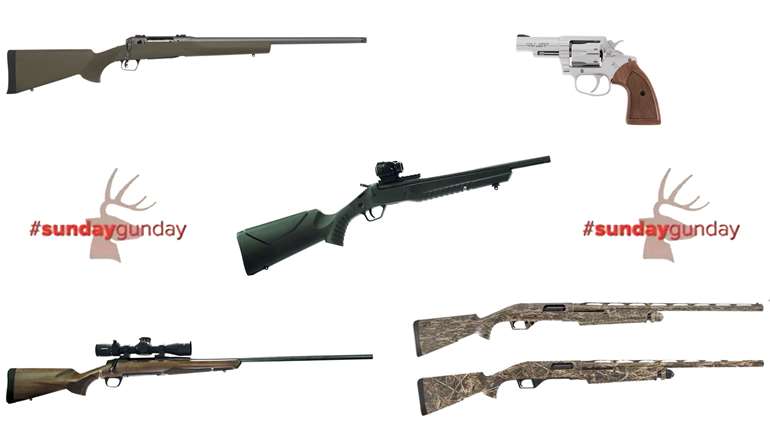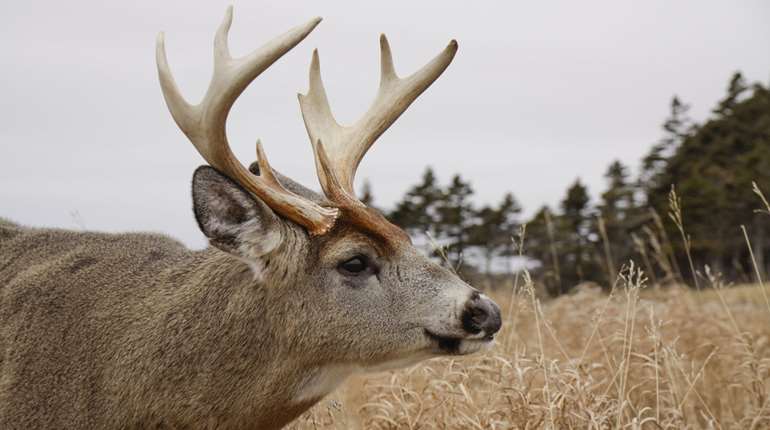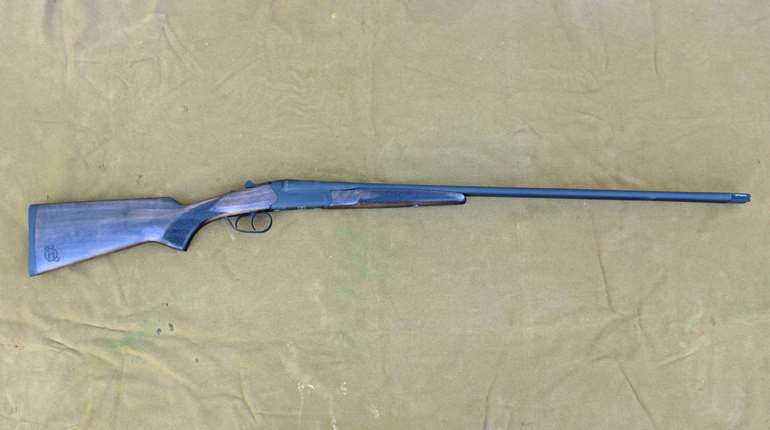The following 15 questions will test your basic understanding of whitetail bowhunting. There are a few tricky questions here so read carefully. Expert whitetail hunters should be able to get at least 14 of the 15 correct. A good bowhunter will get at least 12 of these and an average bowhunter will nail at least 10. If you answer less than 10 of these correctly, more study in the woods and in the lounge chair with deer hunting books and magazines is in order.
The correct answers can be found at the bottom of the quiz.
1. You just found a fresh rub on a good-sized tree along a trail that leads to a feeding area. The rub is 10 yards from the field edge and faces the field. It’s early October. How should you hunt this sign?
A. Set up a stand right over the rub and hunt it the next morning.
B. It is morning sign, so it will be hard to approach at that time. Ignore it and look for other spots.
C. Hunt the place where the trail meets the field every evening that the wind cooperates.
D. Rubs made on trails in the early season tell you nothing.
2. You’re leaving your tree stand and you brush against low vegetation with your pants. Approximately, how long will deer be able to smell where you walked?
A. For several minutes
B. For several hours
C. For several days
D. For several weeks
3. You are almost to your afternoon stand when you bump two does. They run a short distance and then stop to snort three or four times before trotting out of the area. There are no other stands nearby that set up properly for the wind. What should you do?
A. Hunt the stand anyway.
B. Go home; the jig is up. You are only going to educate more deer by hunting the spot.
C. Drive to a different area even though it will cost you an hour of precious hunting time.
D. Hunt on foot in the opposite direction the does ran.
4. You’re scouting in October when you find six fresh beds located close together. What type of deer most likely made the beds?
A. Orphaned fawns
B. A family group of does and their young
C. A bachelor group of bucks
D. Impossible to tell from the information at hand
5. During a recent scouting trip you marked your map with all the scrapes you found. Now you must decipher what all these dots mean. Which of the following statements is true?
A. Scrapes along field edges are made during the daylight by dominant bucks that are too wary to walk all the way out into the field.
B. During the peak breeding phase of the rut, a buck looking for does will visit his scrapes every day.
C. Large scrapes are made by big bucks while small bucks make small ones.
D. Scrapes found along travel routes carry useful information but they will be abandoned by all but random visitors after the does start to come into estrous.
6. What is the lowest you dare set your stands above the ground to keep your scent above deer that are 20 yards downwind on level ground?
A. At least 30 feet
B. About 20 feet
C. About 10 feet
D. Getting even a short distance off the ground will keep your scent over their heads.
7. Which of the following could be used to approximate the prevailing wind direction during the times you will hunt? Pick as many answers as apply.
A. Tall grasses will tend to lean away from the prevailing winds.
B. You can assume prevailing winds are from the northwest during October and November throughout most of North America.
C. Look it up on the internet. Many weather websites maintain a history of conditions from prior years.
D. Look at the leaves on the ground. There will tend to be more on the prevailing downwind side of any wood lot.
8. Your pre-season scouting has produced a number of sightings of a very nice buck coming to roughly the same spot on an alfalfa field. He uses three or four different trails to reach the field, only one of which sets up well for undetected hunting. How should you handle this situation? Pick as many as apply.
A. Hunt the one trail and put in your time.
B. Hunt the area where you think the buck may be bedding.
C. Hunt any trail you think is best because you will likely only get one good hunt before you spook him anyway.
D. Hunt from a scent-proof ground blind placed right where you’ve seen the buck feeding most often.
9. The tracks of a walking deer overlap slightly. The overlapping track is slightly to the outside of the track underneath. What is the most likely sex of the deer that made these tracks?
A. Can not be determined
B. Buck
C. Doe
10. True or False: Widely splayed tracks indicate the presence of a mature buck.
11. You are scouting a long ridge that runs north and south. The area’s prevailing winds are from the west. Where are the bucks most likely to walk? Pick as many answers as apply.
A. Right down the middle of the ridge top where they can see does in both directions.
B. A short distance down the slope on the east side of the ridge.
C. A short distance down the slope on the west side of the ridge.
D. None of the above. They will avoid using ridges altogether to keep from being sky-lined.
12. When is the best time to scout and put up stands during the hunting season?
A. The first weekend when other hunters are in the woods.
B. Right after the leaves fall so you can see.
C. Right before your vacation starts so you have current info.
D. Anytime right before or during a rainstorm.
13. You just struck a deer with your arrow and it bounded off. You think it was a good hit, but aren’t sure. You waited two hours and then blood trailed the deer for 300 yards on steady drops. It never bedded down. Which of the following is most likely true?
A. You made a flesh wound or a non-vital hit above the lungs.
B. You made a good hit to the liver.
C. You hit the deer in the femoral artery and it will be just ahead.
D. You hit the deer in the lungs.
14. True or False: When approaching your stand in the darkness of morning it is fine to walk along the edges of feeding areas.
15. Which of the following is not true of a deer’s ability to detect scent in very cold conditions?
A. Very cold air dries out the deer’s nostrils so scent molecules don’t dissolve on the surface as easily.
B. Cold air creates downdrafts that pull your scent to the ground faster than is common on warm days when there are updrafts.
C. A deer often licks its nose in cold conditions to improve its ability to pick up scent molecules with receptors on their muzzles.
D. Human scent molecules, being warmer than the air, rise and stay high above the ground for hundreds of yards making it very difficult for deer to smell you.
Answer Key:
1. B. Because the rub faces the field it was likely made in the morning as the buck left the field; 2. B, exact length of time depends on your scent control discipline; 3. A, Other deer in the area don’t know what those does blew at—could be a bobcat or coyote; 4. B. The odds favor it being a family group. Bucks have broken up their bachelor groups by early September in most areas; 5. D; 6. A., Even if you hunt 20 to 25 feet off the ground, deer that are 20 yards downwind will still catch your scent most of the time; 7. A, C and D; 8. A & D, A is fairly obvious, but D is actually the better strategy - just be sure to get it in place weeks ahead of time and brush it in. Have someone drive in and bump the deer off the field at the end of legal shooting time; 9. C., A doe’s hips are wider than her chest, vice versa for bucks; 10. False. This is a common misconception. Widely splayed tracks are made by both does and bucks on the move; 11. B; 12. D; 13. A, while exceptions always exist, if a deer goes more than 300 yards without bedding, the chances that the hit was fatal greatly decrease; 14. False, deer can still detect your passage even in the dark; 15. D., The molecules will reach air temperature very rapidly upon leaving your body so they won’t stay aloft any longer than they would under other conditions.












